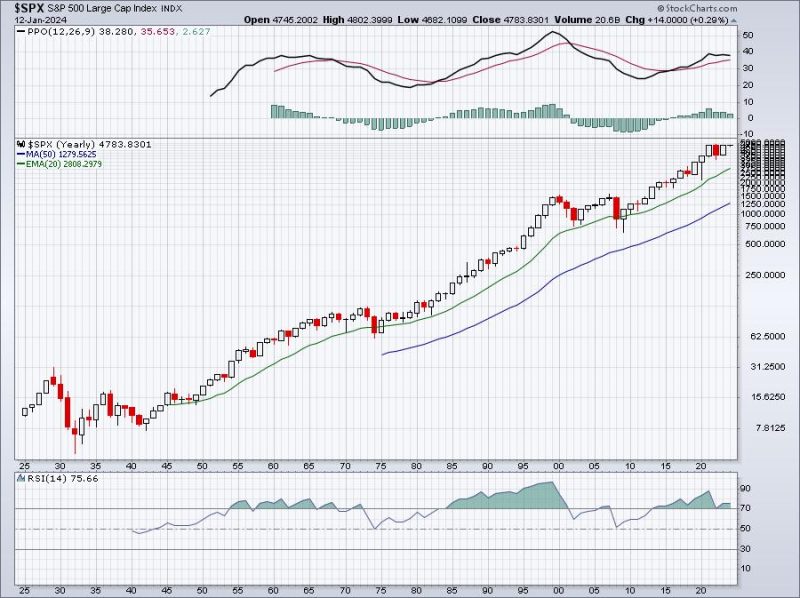Technology stocks have witnessed unprecedented growth over the past few decades, influencing our daily lives in ways we could have never imagined. From the rise of smartphones to the emergence of artificial intelligence, these stocks have consistently delivered remarkable returns for investors. However, a perspective on history reminds us to lower our expectations and approach these stocks with caution.
The dot-com bubble of the late 1990s and early 2000s serves as a valuable reminder. During this period, investors were euphoric about the potential of internet technology, leading to a surge in demand for tech stocks. However, this enthusiasm quickly turned into disappointment when numerous companies failed to live up to the hype.
Stocks such as Pets.com and Webvan, which were once highly sought after, experienced dramatic collapses. The overvaluation of these companies resulted in significant losses for investors, ultimately leading to the bursting of the dot-com bubble. This event serves as a cautionary tale, highlighting the need to temper our expectations when it comes to investing in technology stocks.
Additionally, history teaches us that technological advancements do not always translate into financial success for companies. Take, for instance, the once-prominent technology giant, Xerox. Back in the 1970s, Xerox developed cutting-edge technology like the graphical user interface (GUI) and the mouse. However, despite these innovative breakthroughs, Xerox failed to capitalize on their inventions, allowing other competitors to dominate the market.
This historical example underscores the importance of factors such as effective execution, competitive advantage, and strategic decision-making. While advancements in technology are undoubtedly crucial, they alone are not sufficient indicators of a company’s success. Investors must consider a company’s ability to effectively monetize their innovations, navigate market competition, and adapt to changing consumer demands.
Another perspective on technology stocks comes from the cyclical nature of market trends. As with any other sector, technology stocks go through cycles of euphoria and pessimism. It is essential for investors to recognize that the phenomenal growth witnessed in recent years may not be sustainable in the long term. Over time, market sentiment can shift, leading to fluctuations in stock prices and investor expectations.
An inherent challenge with technology stocks lies in accurately valuing companies that operate in rapidly evolving industries. The pace of technological change often outpaces traditional methods of valuation, making it difficult to predict future revenue streams and profitability. Investors must exercise caution and carefully analyze a company’s fundamentals and growth prospects before making any investment decisions.
While investing in technology stocks can offer lucrative opportunities, it is essential to manage expectations and approach them with careful consideration. The lessons from history remind us that technology alone does not guarantee success, and that the sector is subject to cyclical trends and inherent uncertainties. By conducting thorough research and maintaining a diversified portfolio, investors can navigate the dynamic nature of technology stocks while mitigating potential risks.


